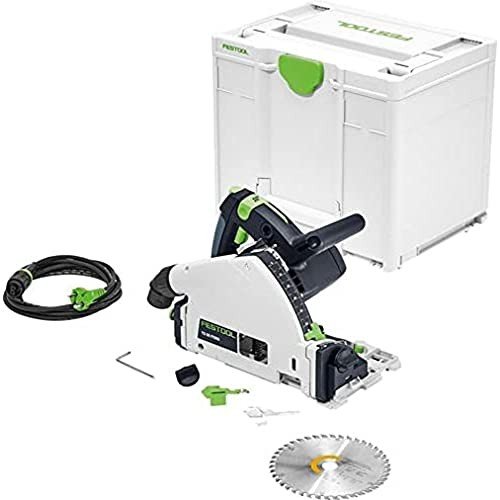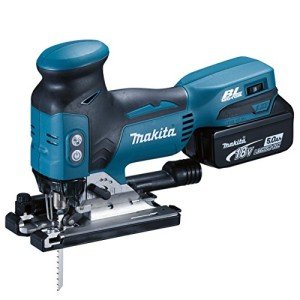
Electric Miter Saw
FollowOverview
-
Founded Date November 25, 1937
-
Sectors Finance
-
Posted Jobs 0
-
Viewed 5
Company Description
Mitering Saw Tools To Streamline Your Everyday Lifethe Only Mitering Saw Trick That Every Person Must Learn
The Comprehensive Guide to Mitering Saws: Your Essential Carpentry Companion
When it concerns woodworking and woodworking, having the right tools is essential for attaining precision and efficiency. Among the myriad tools offered, the mitering saw, typically described as a miter saw, stands out as a vital instrument for both professionals and DIY lovers. This blog site post looks into the complexities of mitering saws, Mitre Saw UK including their types, features, common applications, maintenance suggestions, and answers to often asked concerns.
What is a Mitering Saw?
A miter saw is a power tool utilized to make accurate crosscuts and miters in a workpiece. It operates by turning a circular blade downwards onto the material to make precise cuts at specified angles. This tool is important for jobs that need accuracy in cutting angles, such as framing, molding, and cabinetry work.
Key Features of Mitering Saws
Mitering saws featured a range of functions that improve their performance. Below is a table summing up some typical functions:
| Feature | Description |
|---|---|
| Blade Size | Normally varies between 8 inches and 12 inches. Larger blades can Cross Cut Mitre Saw thicker products. |
| Miter Angles | Typically adjustable from 0 to 50 degrees in both instructions, permitting for versatile cuts. |
| Bevel Functionality | Many designs offer single or Double Bevel Miter Saw bevel choices, making it possible for angled cuts on both sides of the workpiece. |
| Laser Guide | Supplies a visible line for accurate cuts, enhancing precision and decreasing errors. |
| Dust Collection Port | Designed to help lessen debris and improve work area tidiness. |
| Safety Features | Includes functions like electric brakes and safety guards for user security throughout operation. |
Kinds Of Mitering Saws
Mitering saws can be classified into three main types, each serving various cutting needs:
-
Standard (Chop) Miter Saw: The the majority of basic type, it permits uncomplicated crosscuts and angled cuts. Nevertheless, it does not have the capability to bevel, which restricts its versatility.
-
Compound Miter Saw: This type can tilt to create angled cuts on one side (single bevel). It’s perfect for cutting crown moldings and other decorative materials.
-
Sliding Compound Miter Saw: The most flexible option, it includes a sliding arm that enables the blade to move back and forth. This makes it possible for users to cut wider products without having to rearrange them.
Here’s a succinct contrast of these types:
| Type | Bevel Capability | Sliding Capability | Best Mitre Saw UK For |
|---|---|---|---|
| Standard Miter Saw | No | No | Fundamental crosscuts and angled cuts. |
| Compound Miter Saw | Single Bevel | No | Crown molding and small trim work. |
| Sliding Compound Miter Saw | Double Bevel (some designs) | Yes | Wide baseboards and larger workpieces. |
Common Applications of Mitering Saws
Miter saws are extremely versatile and discover applications in numerous domains:
- Framing: Constructs walls, roofings, and other structures.
- Molding: Cuts numerous shapes and sizes for trim and ornamental accents.
- Kitchen cabinetry: Accurate cuts for door frames, shelving, and cabinetry.
- Flooring: Ensures accurate cuts for wood, laminate, and tile flooring installations.
Upkeep Tips for Mitering Saws
To prolong the life expectancy and performance of a miter saw, appropriate upkeep is essential. Here are some necessary upkeep tips:
-
Regular Cleaning: Remove built up dust and debris after each usage, particularly from the blade and surrounding locations.
-
Blade Maintenance: Inspect the blade for dullness and nicks. Regularly sharpen or change it to maintain cutting effectiveness.
-
Lubrication: Apply lube to the pivot points and sliding mechanisms to guarantee smooth operation.
-
Calibration: Periodically check and adjust the miter and bevel settings for accuracy.
-
Check Cords and Connections: Ensure that power cords are intact and connections are secure to prevent electrical threats.
FREQUENTLY ASKED QUESTION: Mitering Saws
1. What is the distinction between a miter saw and a table saw?
Miter saws make angled cuts and crosscuts at specific lengths, while table saws are mainly utilized for straight cuts on larger sheets of material. Miter saws are more portable and ideal for precisely angled cuts.
2. Can I utilize a miter saw for rip cuts?
While it’s technically possible to carry out rip cuts on a miter saw, it’s not suggested. A table saw is created specifically for rip cuts and will offer more precision and safety.
3. What size miter saw should I pick?
The size of the miter saw should depend upon the tasks you prepare to carry out. For general usage, an 10-inch model will suffice, while experts or those dealing with larger jobs may go with a 12-inch design.
4. Are miter saws safe to utilize?
Yes, miter saws are safe when used effectively. Constantly follow the producer’s standards, wear appropriate security gear, and use the saw’s safety features.
5. How can I ensure accurate cuts with a miter saw?
To accomplish precise cuts, ensure your material is strongly secured, use a sharp blade, calibrate your miter and bevel settings before usage, and follow a constant cutting strategy.
The Mitering Saw – Md.Chaosdorf.de – is a fundamental tool that every woodworker ought to have in their toolbox. Whether you’re a beginner taking on your very first DIY job or an experienced professional tackling detailed styles, understanding the functionality and maintenance of mitering Mitre Saws For Sale can substantially enhance your workmanship. By choosing the ideal type of saw for your requirements and sticking to best practices for maintenance, you can guarantee success in your woodworking endeavors.




